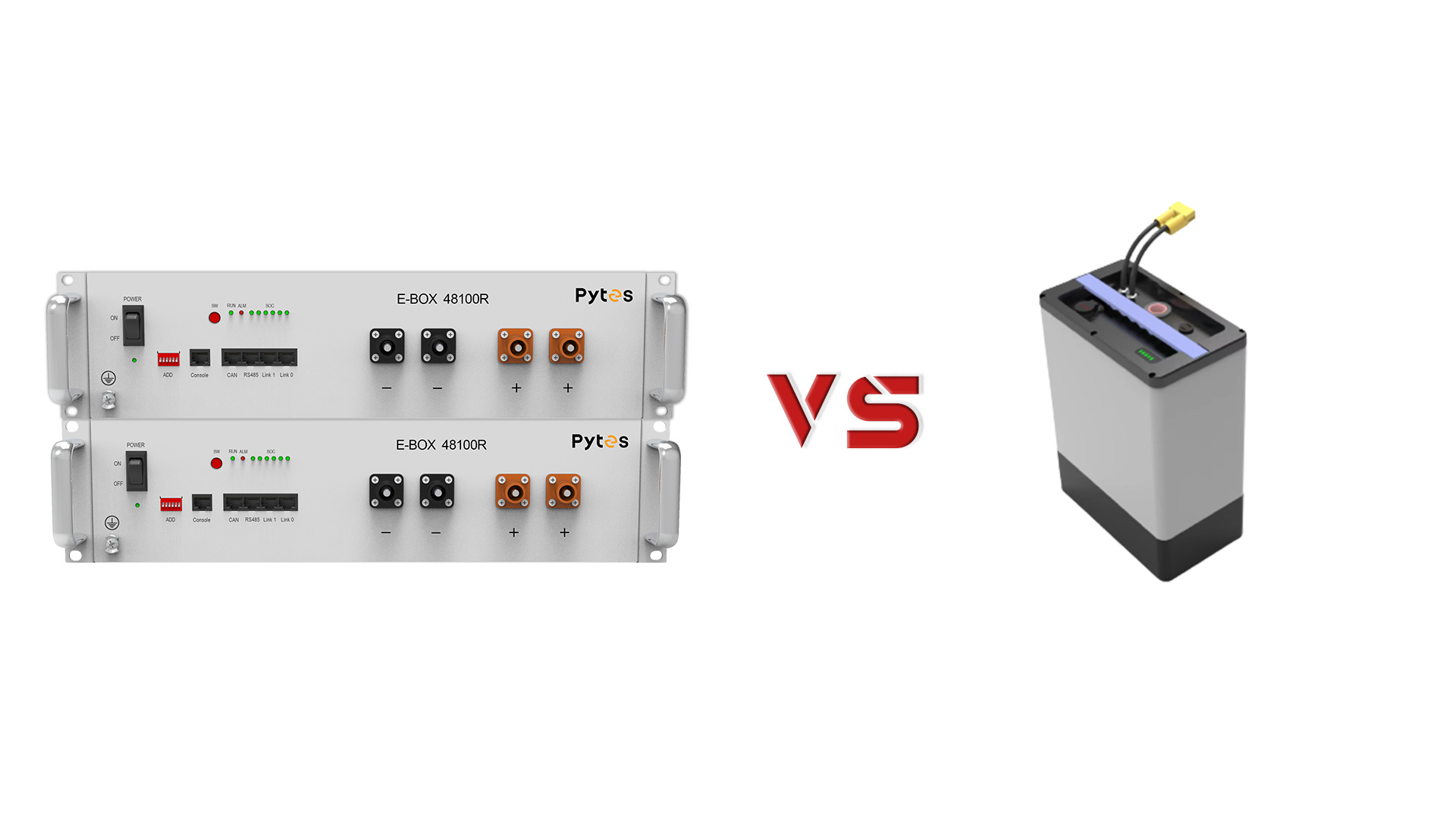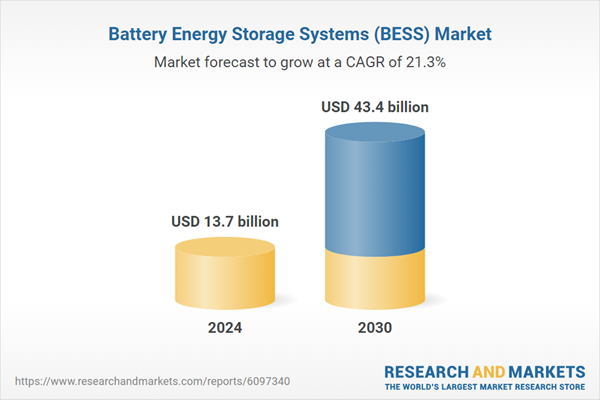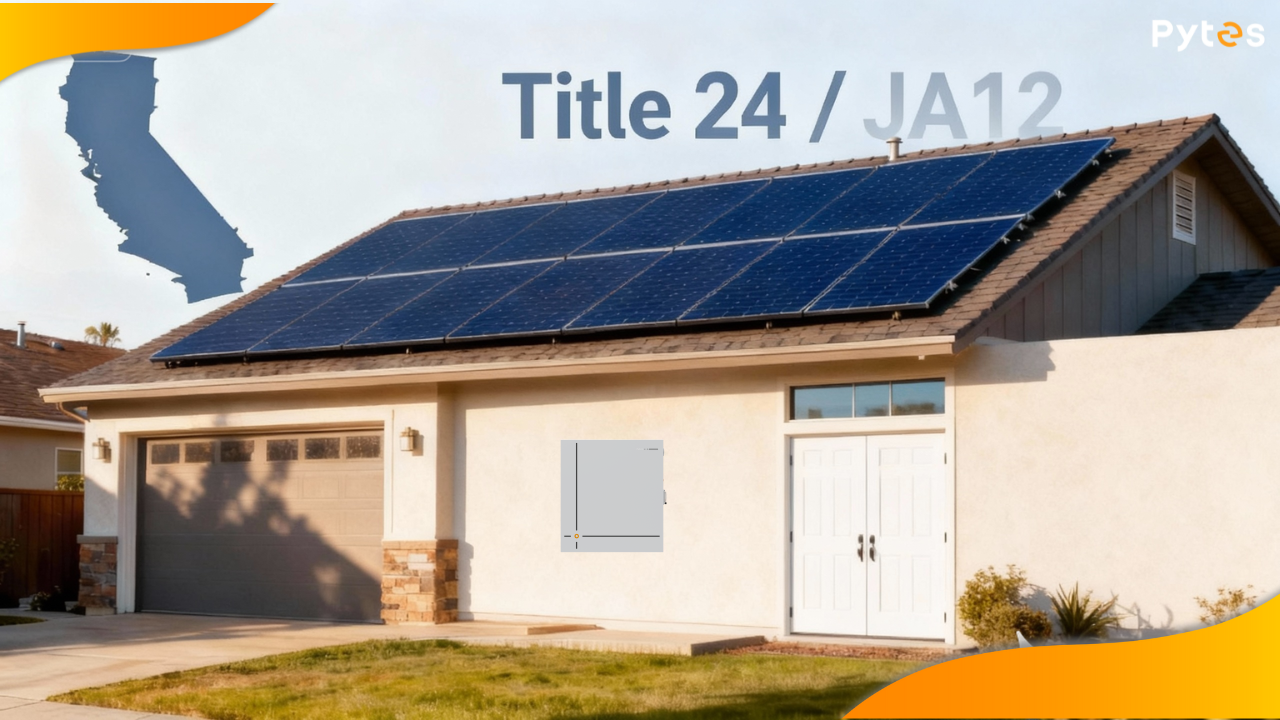Both energy storage lithium batteries and power lithium batteries are lithium batteries. Although there is no difference in technical principle between the two, due to different application scenarios, practical applications have different requirements for their performance and service life. Let's take a closer look at the difference between the two.

1. Application fields
Energy storage lithium batteries are divided into small outdoor energy storage and large base station energy storage. Large base station energy storage is mainly used in battery peak shaving and valley filling, power grid frequency regulation, hydraulic, wind power and photovoltaic rectification. Among them, peak shaving is used. Filling the valley, mainly to earn electricity price difference; small energy storage includes emergency backup power supply in base station, digital products, power products, medical and security, household UPS power supply, etc.
From the perspective of the application field, the power lithium battery is mainly used as a battery for the driving power supply of electric vehicles, electric bicycles, electric motorcycles, electric equipment and tools, and is also used for power transmission and transformation to provide closing current for power devices; Due to the requirements of the volume and weight of the car, startup acceleration, and the national subsidy policy, the power battery has higher requirements in terms of energy density, volume density, charge and discharge rate, battery safety, etc., and the cost is also higher.
2. Battery capacity
For all new batteries, battery capacity is tested with a discharge meter. Generally, the battery capacity of energy storage lithium battery pack is above 2000mAh, and some can reach 3400mAh; the capacity of power lithium battery is about 1000-1500mAh.
3. Performance and Design
The preparation of energy storage lithium batteries emphasizes battery capacity, especially requires operation stability and service life, and considers the consistency of battery modules. In terms of battery materials, attention should be paid to expansion rate and energy density, and uniformity of electrode material performance, in order to pursue the long life and low cost of the overall energy storage equipment.
As a mobile power source, power lithium batteries will focus more on charging and discharging power under the premise of safety, requiring fast charging rate, high output power, and vibration resistance. Special emphasis is placed on high safety and high energy density to achieve long-lasting endurance, as well as lightweight requirements in terms of weight and volume.
4.Types of batteries used
For the sake of safety and economy, lithium iron phosphate batteries are often used when choosing lithium battery packs. Some energy storage power stations use lead-acid batteries and lead-carbon batteries.
The current mainstream battery types for power lithium battery electric vehicles are lithium iron phosphate batteries and ternary lithium batteries.
5. Nature
Ordinary energy storage lithium battery is a primary battery that uses lithium metal or lithium alloy as the negative electrode material and uses a non-aqueous electrolyte solution, which is different from rechargeable lithium-ion batteries and lithium-ion polymer batteries.
Power lithium batteries refer to batteries that power transportation vehicles, generally compared to small batteries that provide energy for portable electronic devices.


